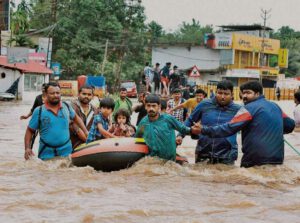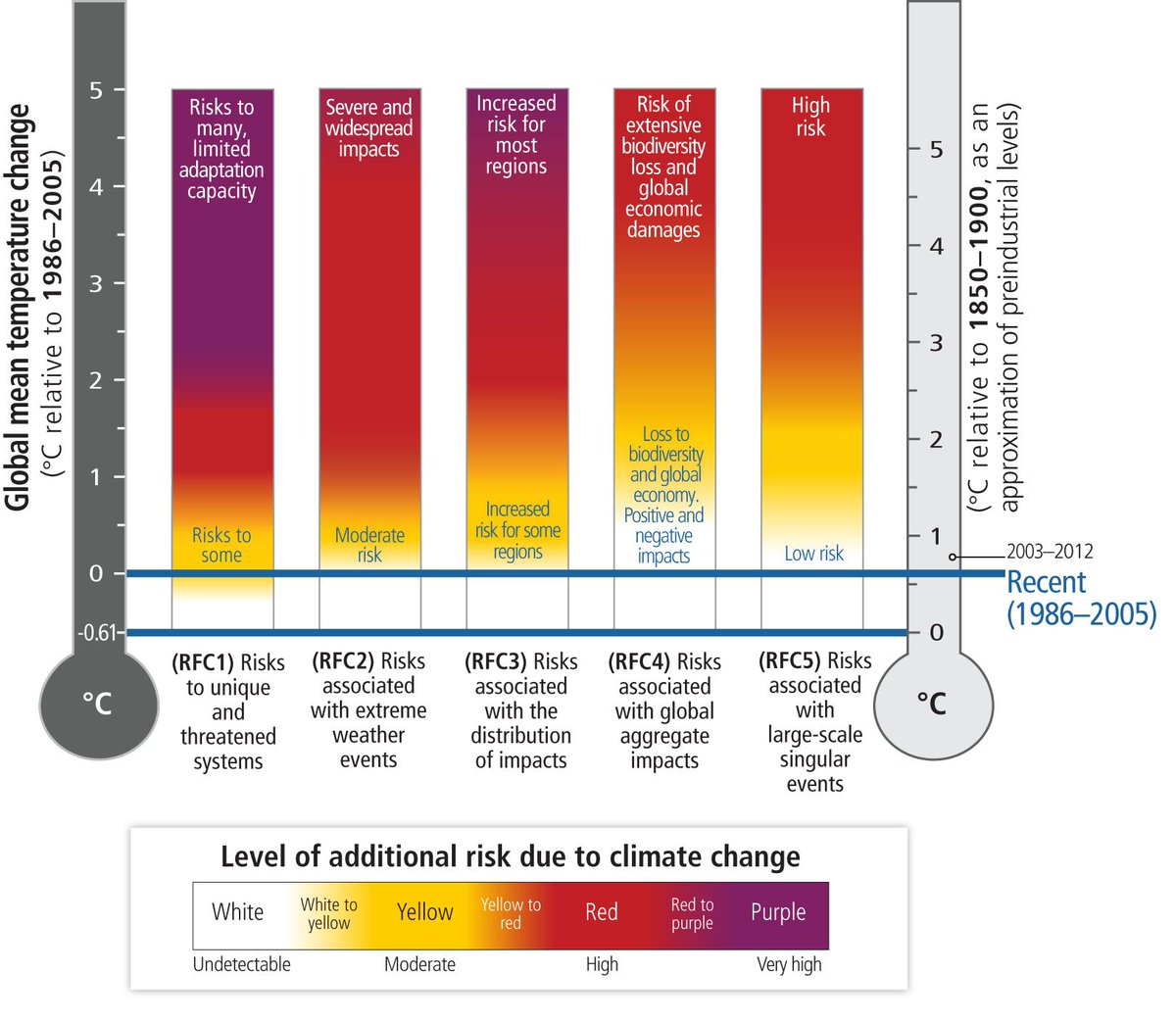Assessing, Valuating and Making Sense of Climate Risks
 Understanding climate risks and even more importantly, making sense of them is a key activity underlying any climate risk management measure.
Understanding climate risks and even more importantly, making sense of them is a key activity underlying any climate risk management measure.
There is plethora of assessment approaches and tools that help organizations, governments or businesses better decipher the nature of the risks they face. Our team in PlanAdapt keeps abreast of the key trends in climate risk and vulnerability assessments in order to be able to fine-tune and customize advice as well as inform and facilitate the co-sense-making process together with our partners or clients. Our support is not only focused on creating numbers, maps, and stats but foremost on interpreting those, visualizing them in a way that the decision-makers and stakeholders own the message, and get a sense of the urgency for climate adaptation action.
What are the Recent Trends in Climate Risk and Vulnerability Assessments?
In recent years there has been a significant increase in published climate vulnerability and risk assessments. There has been a methodological shift from a vulnerability to risk framework, with the majority of assessments now adopting the IPCC AR5 risk framework (Adger et al., 2018). This has been seen as a new generation of integrative assessments which conceptualise risk as a social construct resulting from interactions between hazards, exposure and vulnerability. However, despite the increasing methodological shift towards risk frameworks within recent CVRAs, a similarly significant trend has been identified in an increasing number of assessments which either do not specify how risk is conceptualised or provide a definition of risk (Hagenlocher et al., 2019) (Nguyen et al., 2021). Moreover, among recent CVRAs which use a risk conceptual framework there remains a lack of clarity around understandings of vulnerability and exposure, with only a minority of assessments including a consideration of adaptive and coping capacity as elements of vulnerability (Connelly et al., 2018).
What is Being Assessed? Elements and Drivers of Risk
Despite an increase in CVRAs using an integrative risk framework it has been found that the majority of recent CVRAs focus predominately on assessing physical and economic elements at risk from the impacts of climate change, with a much smaller share assessing the impacts of climate change on ecosystems or intangible aspects such as cultural values (Newman et al., 2017). Moreover, when characterising the drivers of risk, the majority of CVRAs take a climatic and hazard-centric approach while non-climatic drivers of vulnerability such as socio-political and governance systems are less studied, and an analysis of exposure as a driver of risk is considered in only a minority of assessments (Williams et al., 2018). Moreover, despite a reported increase in literature which proposes analytical frameworks for assessing multiple hazards (Curt 2020), the overwhelming majority of CVRAs still only consider single hazards (Diaz-Sarachaga 2020). When multiple hazards are considered, they are typically treated as independent and the interactions between hazards are not accounted for.

Current or Future Climate Risks? – Temporal Scope of CVRAs
Although the majority of recent CVRAs focus on assessing current levels of risk there is an increasing number of assessments that develop future scenarios of risk (Windfield et al., 2019). Of the recent assessments which are future-oriented, they typically focus only on future projections of how climate change will impact hazards (i.e. the frequency or magnitude of meteorological events or trends) rather than considering future changes in exposure and vulnerability or a combination of these elements. These studies typically focus solely on climatic drivers of future risk while non-climatic drivers of vulnerability and exposure such as urbanisation were considered much less regularly. The CRVA literature identifies a lack of socio-economic data and a limited use of participatory methods to understand vulnerability are key limitations, which have constrained the ability of recent CVRAs to develop future vulnerability scenarios.
Read more about key trends here. Read more about climate risk indices here, and climate impact scenarios here.
@prepared by Ella King
